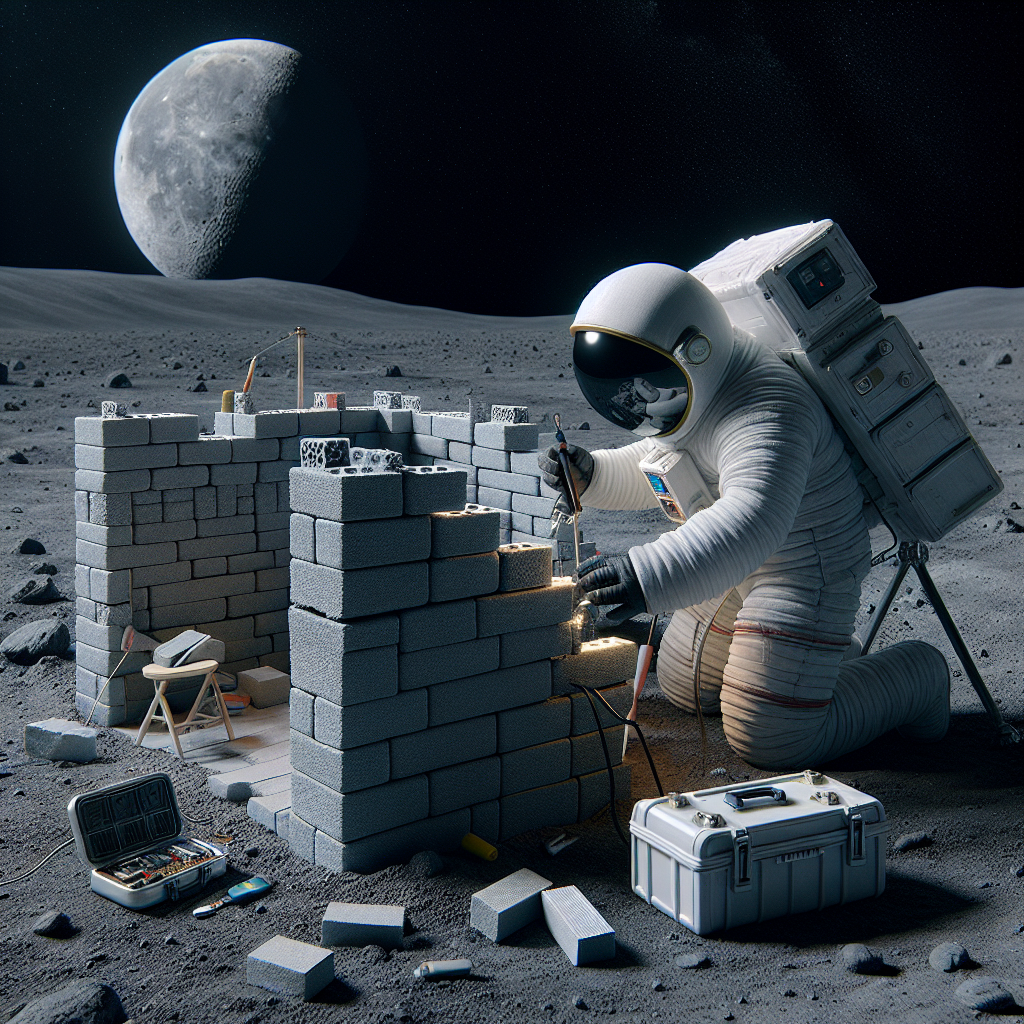Lunar Brick Repair: A Breakthrough with Bacteria
Researchers at IISc Bengaluru have devised a method using bacteria to repair bricks on the Moon that develop cracks due to temperature fluctuations. Utilizing Sporosarcina pasteurii bacteria, guar gum, and lunar-like material, they form calcium carbonate to mend cracks, enhancing bricks' resilience to lunar conditions.

- Country:
- India
In a groundbreaking development, researchers from the Indian Institute of Science (IISc), Bengaluru, have introduced a pioneering approach to mending cracks in bricks intended for structures on the Moon. The innovative technique employs bacteria to ensure the bricks withstand the extreme temperature variations on the lunar surface.
While future lunar missions, such as NASA's Artemis initiatives, are aimed at establishing permanent habitats, the challenges posed by the harsh lunar environment persist. The Moon's surface experiences drastic temperature shifts, ranging from 121 degrees Celsius to -133 degrees Celsius daily, accompanied by continual exposure to solar winds and meteorites.
The solution proposed by the IISc team involves artificially creating defects in bricks and using a slurry composed of the bacterium Sporosarcina pasteurii, guar gum, and a lunar soil analogue to fill these voids. The bacteria promote the formation of calcium carbonate, a robust cementing agent that effectively seals the cracks, fortifying the bricks against the Moon's severe conditions.
(With inputs from agencies.)










